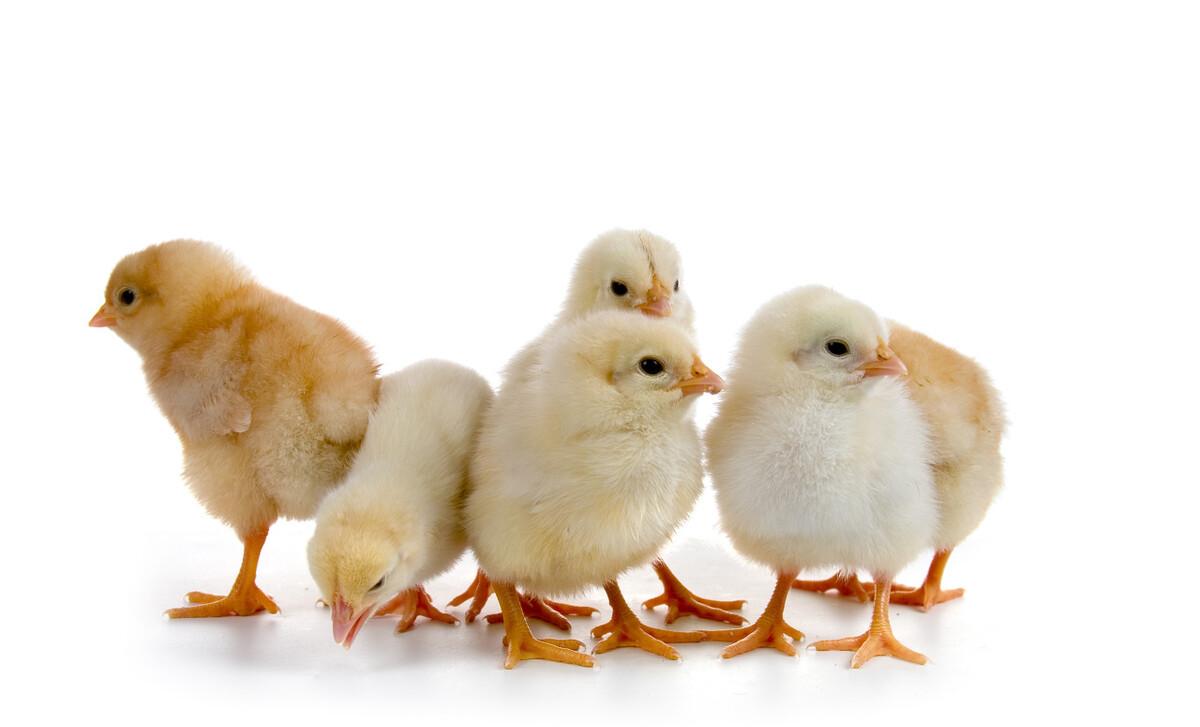Than wingworm disease
Biwlinitis disease, also known as copulating worm disease, open mouth worm disease, and open-mouth nematode disease, is caused by nematodes from the genus Syngamus of the family Syngamidae that parasitize the trachea of birds such as chickens, spitting chickens, pheasants, beaded chickens and geese. The disease is a serious hazard to young birds, the mortality rate is extremely high, and adult birds rarely have morbidity and death.

1. Etiology
The worm body is red due to blood sucking. The tip of the head is large and spherical ; the sac is broad and cup-shaped, with triangular small teeth at the base. The female is larger than the male, and the pudendal gate is located in the anterior part of the body. The male worm attaches to the female's genitals with a mating umbrella and is in a permanent mating state. (1) Skrjabinomorpha (Skrjabinomorpha) males are 2 to 4 mm long, females are 9 to 25 mm long, and have 6 teeth at the bottom of the sac. The eggs are oval in shape, 90×49 μm in size, with thick egg caps at both ends. (2) Tracheal ration of the wingworm (S. trachea) males are 2 to 4 mm long, females are 7 to 20 mm long, and have 6 to 10 teeth at the bottom of the sac. The eggs are 78 to 110 μm in size × 43 to 46 μm in size, with thick egg caps at both ends and 16 egg cells inside the eggs.
2. Life history
Female worms lay eggs in the trachea, eggs with tracheal mucus to the mouth, or coughed out, or swallowed into the digestive tract, with feces excreted to the outside world, under the appropriate temperature (about 27 ° C) and humidity conditions, the eggs after about 3 days of development into infected eggs or hatched into infected larvae of the outer sheath of the infected larvae; infectious eggs or larvae by earthworms, slugs, snails, flies and other arthropods and other continuing hosts after eating, in their muscles to form a cyst, the insect body does not develop but maintains the ability to infect the bird host. Avian hosts are infected by swallowing infected eggs or larvae, or by a continuing host with infectious larvae, which burrow into the intestinal wall, migrate through bloodstream to the alveoli, bronchi, bronchi and trachea, and develop into adults and lay eggs 18 to 20 days after infection.
3. Clinical symptoms
Sick birds stretch their necks, breathe with their mouths open, and shake their heads from side to side to expel sticky secretions, sometimes visible in the worm body. At the beginning of the illness, the appetite is reduced or even abandoned, the spirit is weak, the weight is emaciated, and the mouth is filled with foamy saliva. Finally, due to breathing difficulties, he died of suffocation. The disease predominantly affects young birds, with a mortality rate of almost 100% and adult birds with mild or no symptoms and very few deaths.
4. Pathological changes
The larvae migrate through the lungs and may show lung congestion, edema and pneumonia lesions. In adulthood, worm attachment and hemorrhagic catarrhal inflammation of the tracheal mucosa can be seen, and the tracheal mucosa is flushed and covered with bloody mucus.
5. diagnosis
Depending on the symptoms, the diagnosis is confirmed by combining stool or oral mucus examination to see eggs, or by autopsy of a sick chicken with a body found near the trachea or larynx.
6 . Prevention
(1) Prevention: frequent removal of feces, fermentation and disinfection; keep poultry houses and sports fields hygienic and dry, kill slugs, snails and other intermediate hosts, regular preventive deworming of poultry groups in endemic areas; timely isolation of sick birds and medication treatment when found.
(2) Treatment: Propylthiazole according to 30 ~ 50mg per Kg body weight, or thiazole according to 500mg per Kg body weight, once taken internally, have a good therapeutic effect. Mixing thiazole into the feed in the ratio of 0.05% to 0.1% is also effective.